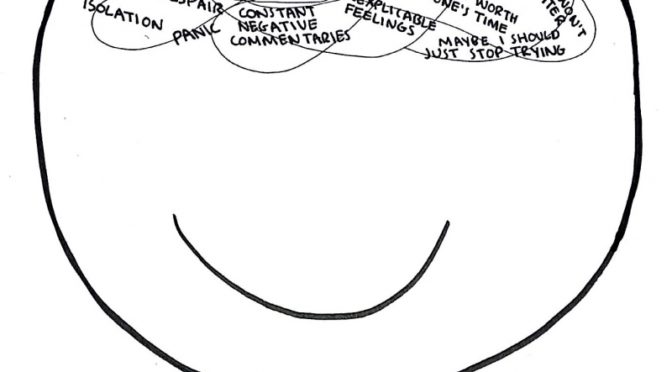Signs of Postpartum Depression
Posted by Collaborative Counseling

Postpartum depression (PPD) is a common but serious mood disorder that can affect women after childbirth. It is estimated that 1 in 7 women will experience PPD, and it can occur up to one year after giving birth.
PPD is not the same as the “baby blues,” which are mild mood swings and emotional ups and downs that many women experience in the first few days or weeks after giving birth. The “baby blues” usually go away on their own within a few weeks.
PPD, on the other hand, is a more serious condition that can cause significant distress and interfere with a woman’s ability to care for herself and her baby.
Symptoms of PPD can include:
- Depressed mood: Feeling sad, hopeless, or empty
- Changes in appetite: Loss of appetite or overeating
- Changes in sleep patterns: Difficulty sleeping or sleeping too much
- Loss of interest in activities: No longer enjoying things you used to do
- Feelings of guilt or worthlessness: Feeling like you’re a bad mother or that you can’t do anything right
- Irritability or anger: Feeling easily frustrated or angry
- Trouble concentrating: Having trouble paying attention or making decisions
- Thoughts of harming yourself or your baby: Having thoughts about hurting yourself or your baby is a serious sign of PPD and requires immediate medical attention
If you are experiencing any of the symptoms of PPD, it is important to seek help from your doctor or a mental health professional. PPD is a treatable condition, and with the right help, you can recover and start enjoying your new role as a mother.
Here are some tips for getting help for PPD:
- Talk to your doctor: Your doctor can screen you for PPD and recommend treatment options.
- Talk to your partner: Your partner can be a great source of support during this time. They can help you with childcare, household chores, and emotional support.
- Join a support group: There are many support groups available for women with PPD. These groups can provide you with a safe place to talk about your experiences and connect with other women who understand what you’re going through.
- Get professional help: If your symptoms are severe, you may need to seek professional help from a therapist or psychiatrist. They can help you develop coping mechanisms and strategies for managing your symptoms.
Remember, you are not alone. PPD is a common and treatable condition. With the right help, you can recover and start enjoying your new role as a mother.
Here are some additional resources that may be helpful:
- The National Institute of Mental Health: The National Institute of Mental Health (NIMH) has a website with information about PPD and other mental health conditions.
- The Postpartum Support International: The Postpartum Support International (PSI) is a non-profit organization that provides support and resources to women with PPD.
- The Crisis Text Line: The Crisis Text Line is a free, 24/7 text line for people in crisis. Text HOME to 741741 to connect with a trained crisis counselor.

 View Our Locations
View Our Locations Request Appointment
Request Appointment








